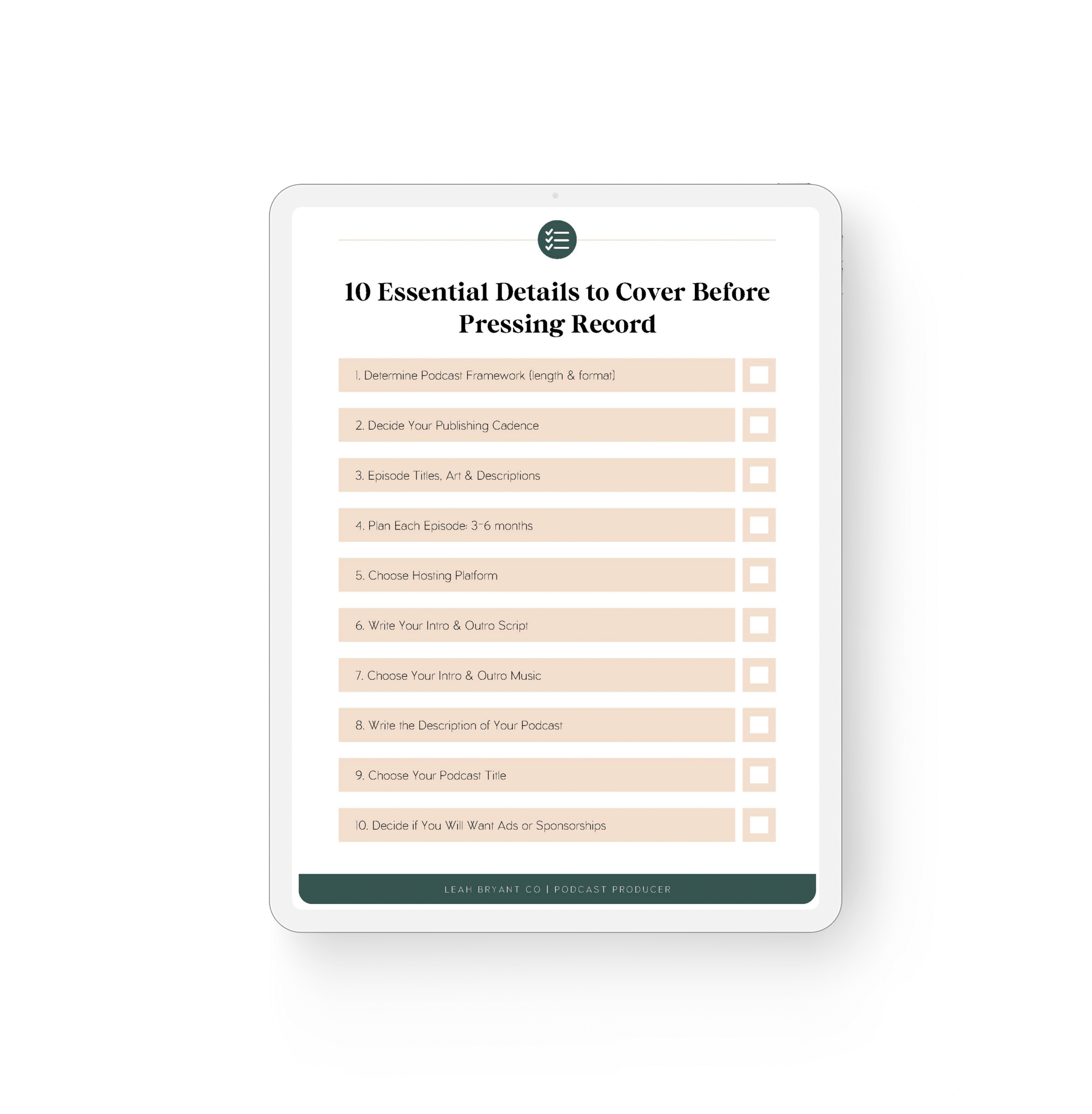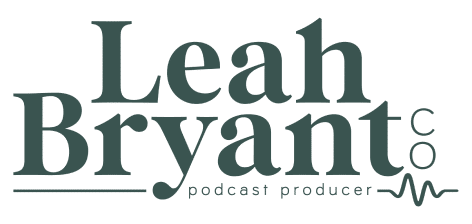
Scaling Your Business Authentically Using Lean Processes & Systems
Featured By: Brooke Scott, MBA
Having systems that support your business during the scaling phase is what can make or break the cohesiveness and movement of your business when you’re making that jump to the next level.
After working with plenty of women entrepreneurs who didn’t “have it all together”, who grew rapidly, and who hadn’t touched on or cleaned up their systems in a while (or to begin with), when they reached that phase in their business, more often than not there were periods of time where they had to pause and shift their focus to cleaning up and auditing what systems they did have in place. Which then caused them to pause or slow down the scaling phase because they couldn’t fully lean into the momentum they had originally created due to needing to fix things in their business back end so that things could happen or trigger correctly. In those situations, there’s a lot of potential for there to be tech mishaps or things triggering when they aren’t supposed to because they were set up a while back before the person scaled, and they didn’t have the time or simply forgot to update those things as they went.
When it comes to scaling, for most people it happens quickly. So it’s absolutely important to first really solidify your offers (which a whole separate field of things) and take the time to map out how you want that customer journey to flow. A great way to approach that is outline either the end goal or the basic steps (i.e. they enroll, they get access, they come to calls, they offboard) and once you have that outline of things start reverse engineering and ask yourself “okay, how did that happen… what is that based on …what triggers that”. While that can be a little overwhelming if you’re not comfortable with how things integrate, it’s something that is important to at least note down for someone to come in and make that journey connect and happen for you. Reverse engineering those things will help you eliminate steps and really focus on what actually matters in the process so that the overall flow can be smooth and you’re able to lean into scaling your business versus focusing on things outside of your area of expertise.
Figuring your systems out as you grow in your business is definitely an approach to optimizing and creating the back end you’re wanting. More often than not, most business owners start out in the period of just “figuring it out as you go” and that is sufficient if that works for your business model. However, there will come a period of time, especially during scaling, that you won’t have time to “figure it out as you go”. While it’s encouraged to always optimize on the fly, it’s important to not only set aside the time to establish your foundation but also to have someone on the team that has the role of optimizing and integrating, especially if you are scaling quickly so that there is a direct focus and an eye on your automations, processes, and everything that falls between.
Common Systems Mistakes Made When Scaling Your Business
A common mistake that the large majority of business owners skip when scaling their business is setting up their business foundation to have their ideal customer experience. These business owners hit the point where they are scaling quickly and they don’t have the simple things outlined. At this point, they get tripped up and have to shift to focus on customer service or the tech behind the scenes versus staying in their zone of genius as the coach or front facing external liaison of the business.
Another mistake that often happens is throwing a bandaid on things when your tech and systems do break. Bandaids won’t last for your launch period and will keep happening again. So it’s important, as the business owner, to understand how things are living and breathing so that when things do get technical you can at minimum direct your support in the right direction of what should be happening. You don’t have to know the ins-and-outs and technicalities of how things are connected, but as the CEO you should be able to express the “why” of that process or system so that someone else can effectively and efficiently understand and correct the issue.
A third common mistake that results in the scaling phase is business owners putting too much in the mix when it comes to “having all the things” (i.e. specific platforms, specific processes, etc.) instead of determining if those things are adding value to the business or not. You can lean things up and have simple systems in your business, or just the ones that do what you need without all the bells and whistles and still be set up for success. You don’t have to recreate what a specific guru told you to or implement a process or platform because it’s the new rave right now. You need your business to operate efficiently while remaining custom to your “why” and how you want to be showing up and helping your audience.
Introducing Lean Processes & Systems To Help You Scale Further
The concept of introducing a “lean” approach or process to your business operations means you’re implementing strategic routines that closely evaluate performance and progress through specific ways of thinking. Lean is an approach to cutting out the wasted time, energy, space, efforts, money, and more that is padded into your business so that you can achieve the maximum efficiency you are looking for.
One lean process improvement routine that you probably already practice without knowing it, is the practice of PDSA. PDSA is a research-based improvement routine that guides you to your ideal state through focusing on rapid improvement or consistent and steady growth by implementing change and continually adjusting until you reach that ideal end or future state.
For example, let’s say you want a seamless onboarding process. Implementing the connections, emails, triggers, etc. (i.e. all the things you want to happen in the onboarding process) piece by piece, is you using the PDSA improvement routine because you are on that consistent path to building your ideal onboarding process.
Breaking it down a little further, each letter stands for a specific piece of the routine.
- PLAN – You plan the test of change and what needs to happen.
- DO – You do the test of change and implement for the specific plan.
- STUDY – You study and review the results of the test and how that change (or results) helped achieve or not achieve the plans objective.
- ACT – You act to on what happened and assess the need for further improvement.
Then… Repeat! This routine is something that can be used on a revolving basis while optimizing your processes. Make sure to keep in mind that once you’ve completed the first “round” of PDSA, you’re not done. You’re just at your next ideal state. The intention is to do that process again and again so that you lean up and refine that process and propel further towards your ideal end state or your future goal state. Whether it takes you 4 times through the process or 15 times, the intention is consistent and aligned optimization while inching towards your ideal scenario.
The Value Of Using Lean Processes & Systems For Scaling
The intention of implementing not only the general definition of lean processes but for this strategy specifically (PDSA) is for optimizing your processes and getting to your ideal state quicker than you would by planning a different way, or by just winging it, because this takes the approach of focusing on the actual lean framework needed versus approaching optimization by trying out something new without the intentional planning phase or doing it with the expectation of immediate results.
You don’t effectively and efficiently optimize by jumping into implementing a whole new launch method, process, or new platform at one time because you’re not intentionally breaking things down to where you can understand how it’s moving and operating and how that is connected to and effecting your business bottom line. Just like you cant have your perfect ideal system, platform, completed launch, or project plan overnight.
You have to take the incremental steps towards getting to where you want to be while doing that with a lean perspective in mind. This will keep you on the path of efficiency and focusing on micro areas so that the macro perspective can operate how you want it to and be completed and understood in less time. Which in turn, will help with troubleshooting because you already have that understanding of what should be happening.
Where To Start When Implementing Lean Processes & Systems
Whether you’re just starting your business or you’re a seasoned veteran, it’s never too early or late to start implementing lean processes and systems into your business. For the example mentioned in this article (PDSA), you can get started by taking time to outline the current state of one of your performance metrics, behaviors, or goals. You can start small and granular to a specific task or initiative, but you want to have the overall idea of “I want to fix this or I want to have this be able to do that” so that you can get started with this technique.
Once you’ve identified the area you’d like to improve on, fill in the blanks of each step and take action implementing and practicing this routine. After you’ve reached your first target condition, repeat the process as many times as needed until you reach your ideal end state. The goal here is to have gradual improvement and slowly take the steps to achieve a bigger goal. A great way to identify what your target conditions might be is to reverse engineer and work backwards, so you can easily identify how you would reach each step, and fill in the gaps accordingly.
Scaling your business isn’t a period of time you should be scared of. But, you should be preparing for it because when it does happen, you want to make sure your systems foundation is where you need it to be to be able to support that quick growth. Making sure to implement lean processes and systems while creating standard operating procedures and establishing expectations across your team, will ensure you’re set up for that period of time.
Featured Author


I'm looking for...

